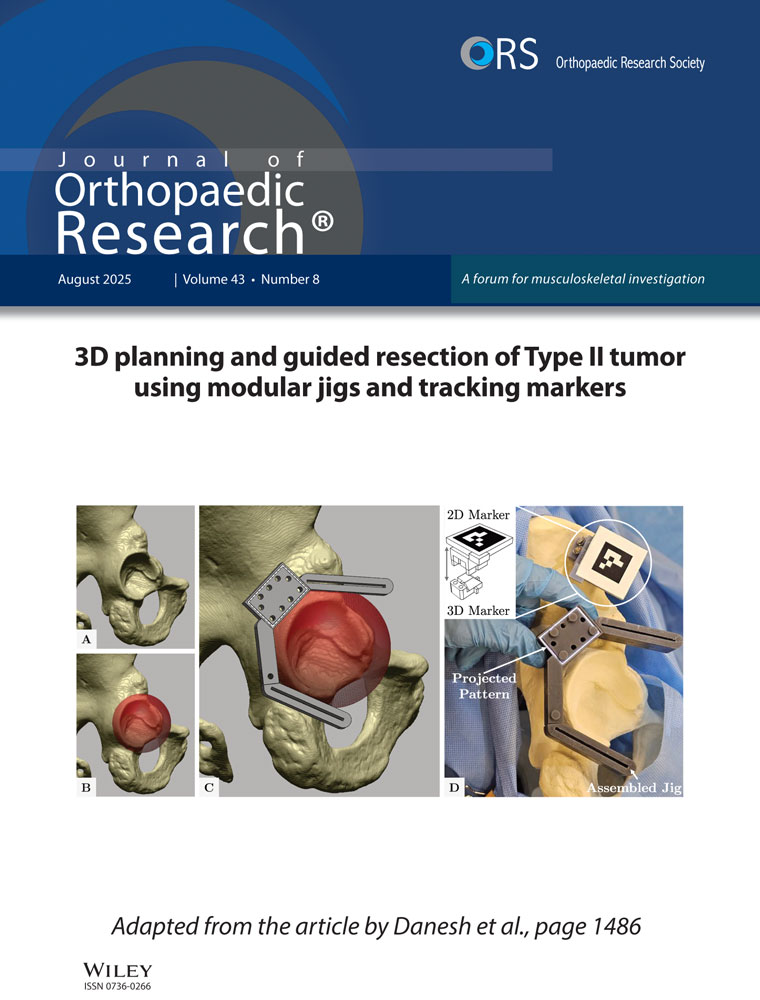Electromyographic studies of the lumbar trunk musculature during the generation of low-level trunk acceleration
Abstract
An understanding of how the support mechanisms of the spine behave during lifting may yield insight into the loading of the spine under occupational conditions and help shed light on the etiology of low-back disorders. Previous controlled laboratory studies of spinal loadings have been limited to isometric and isokinetic conditions. To evaluate the behavior of the trunk during acceleration, we recorded intra-abdominal pressure and trunk muscle activities during low-level acceleration. Twenty subjects performed controlled accelerations of the trunk under different trunk loading conditions. Muscle activity decreased as acceleration increased; however, the rate of decrease differed among muscles (mean decrease, ⩽1% of maximum per 10°/s2 increase in acceleration), with the activity of the erector spinae muscles decreasing the most (1.88% of the maximum per 10°/s2 increase in acceleration). No changes in intra-abdominal pressure were found as a function of acceleration. Relative coactivation of the muscles increased; however, this was a function of increases in trunk velocity and torque.




